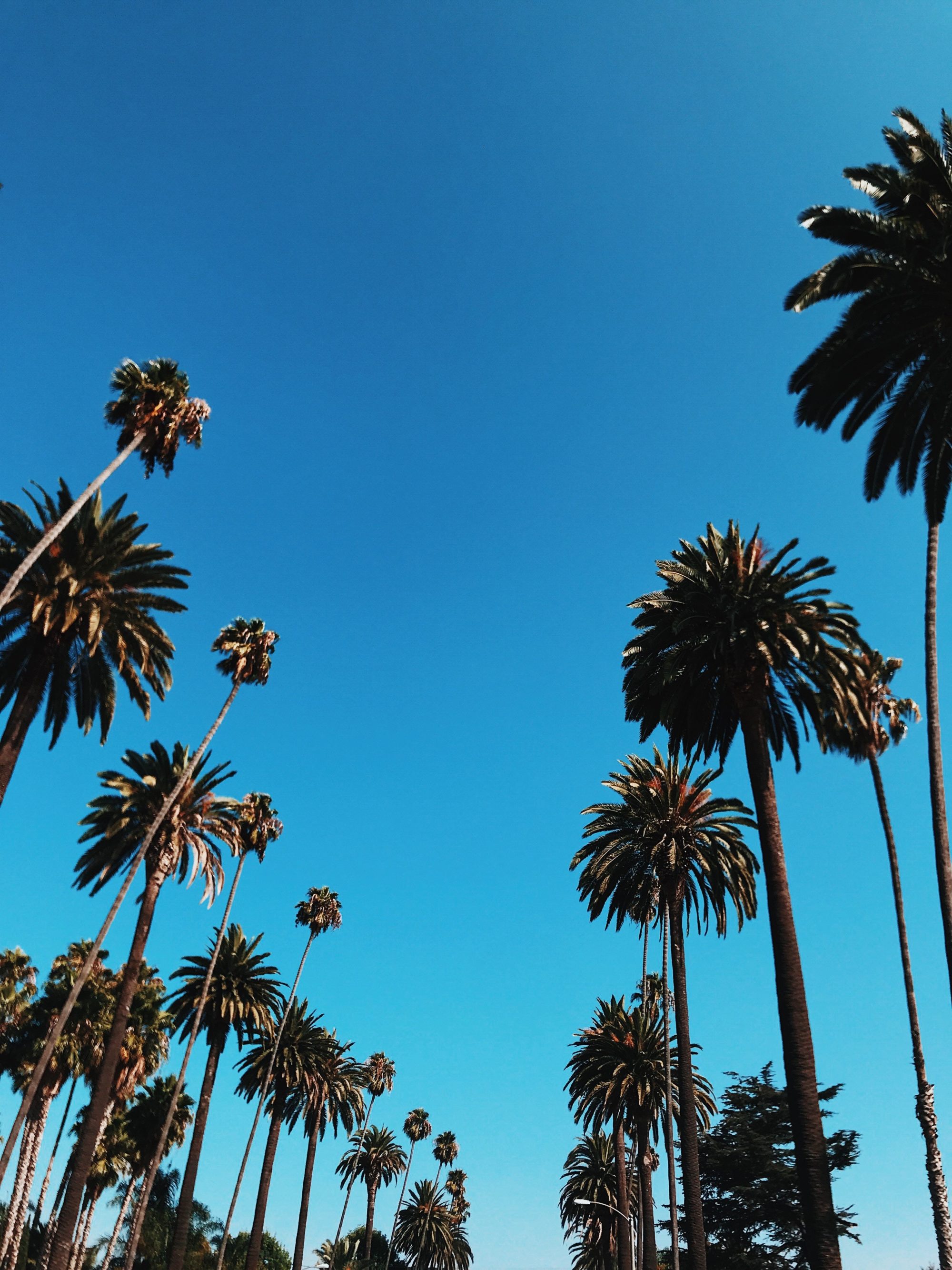Overview
The need: each year 34,000 tons of palm fronds end up in the city of Phoenix municipal landfill, which is costly both to the municipality and the environment.
The solution: the city has partnered with Palm Silage who have developed a process to transform palm fronds to an ingredient for livestock feed.
What makes it circular: Palm Silage also blend a number of other by-products and ‘waste’ materials to create a highly nutritious feed.
The benefits: the municipality’s annual disposal costs are reduced; Palm Silage creates a new $10 million revenue business as well as a number of new local jobs.










